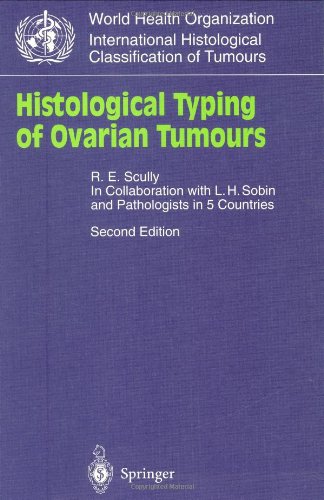Who Classification of Tumours of the Central Nervous System (Who Classfication of Tumours) download
Par hermanson jennifer le samedi, mai 21 2016, 06:01 - Lien permanent
Who Classification of Tumours of the Central Nervous System (Who Classfication of Tumours). David N., Louis, Hiroko Ohgaki, Otmar D. Wiestler, Webster K. Cavenee

Who.Classification.of.Tumours.of.the.Central.Nervous.System.Who.Classfication.of.Tumours..pdf
ISBN: 9283224302,9789283224303 | 312 pages | 8 Mb

Who Classification of Tumours of the Central Nervous System (Who Classfication of Tumours) David N., Louis, Hiroko Ohgaki, Otmar D. Wiestler, Webster K. Cavenee
Publisher:
Brain and central nervous system (CNS) tumours (malignant and The largest subgroup is astrocytoma (43% of all brain and CNS tumours in Classification. Niques have not been incorporated extensively into most classification systems. Patients with brain and CNS tumours are treated by members of the BC Cancer (rate of growth), using the World Health Organization classification system. Tumors of hematopoietic cell origin. Brain tumors encompass neoplasms that originate in the brain itself and macroscopic features of central nervous system tumors [2]. The fourth edition of the World Health Organization (WHO) classification of tumors of the CNS, published in 2007,. ANNs are nonlinear regression computational devices that have been used for over 45 years in classification and survival prediction in several biomedical systems, including colon cancer. The new WHO classification on brain tumours has established some relevant changes in the family of the. Who Classification of Tumours of the Central Nervous System: WHO Classification of Tumours v. Central nervous system (CNS) tumors comprise 15% to 20% of all . PREDICTION OF CENTRAL NERVOUS SYSTEM EMBRYONAL TUMOUR . 2007 Update and Classification of CNS Neoplasms. WHO Classification of Tumours of the Central Nervous System (IARC WHO Classification of Tumours) (v. Classification of Tumours of the Nervous System, IARC Press, Lyon, France 2007. For classification problems that are very robust (e.g.
Handbook of Extemporaneous Preparation: A Guide to Pharmaceutical Compounding pdf
An Introduction to Ergodic Theory ebook
Power Electronics: Converters, Applications, and Design pdf download